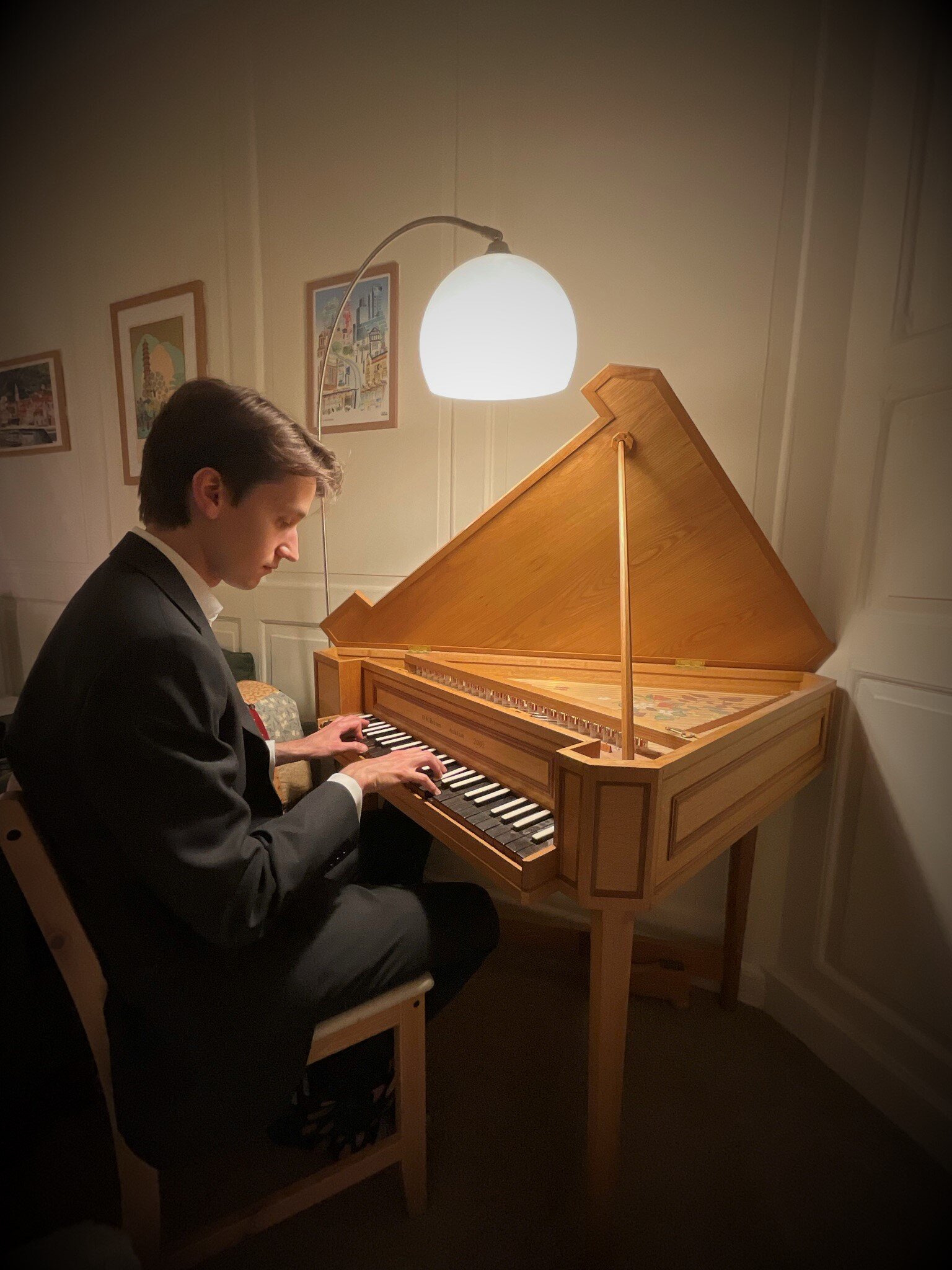
The Mulliner Project – Scope and Method
Throughout The Mulliner Project I have explored and recorded a selection of repertoire from The Mulliner Book on a variety of different instruments: the harpsichord, spinet, chamber organ and organ. The repertoire I focused on includes the intabulations of madrigals for keyboard, arrangements of dance music, and small number of the sacred chant and hymn versets. I attempted to explore the ways instruments influence interpretative decisions I made when performing, and how performing the same work on different instruments changed the interpretation in each performance. I also explored the ways each instrument encouraged a unique reworking and reimagining of this repertoire; whether through the changing of the piece’s structure by improvisation or the addition of repeats, or a stylistic reworking based on the addition of extra instrument specific techniques or organ registrational schemes.
The composers of repertoire from the Mulliner Book, most of whom were based at the Chapel Royal of Henry VIII, would have had access to over 100 different instruments in the palace at Hampton Court.[1] Having such a variety of instruments at their fingertips would have, no doubt, influenced how they interpreted their own compositions when moving between instruments. Not a single performance of a given piece must have been the same; neither should it be, contrary to what some modern disc recordings seem to portray.
The output of this project consists of a volume of recordings of repertoire from The Mulliner Book recorded on the harpsichord, spinet, chamber organ and organ. Each of these recordings is accompanied by a commentary which includes: the instrument/instruments used in the recording, and notes regarding the interpretative decisions that I made while recording the piece. All the pieces have been recorded multiple times on different instruments, so that listeners can compare and contrast the different interpretations. Another advantage of having these side-by-side recordings is that it enabled me to easily and effectively highlight how the interpretative decisions changed between the different instruments.
To supplement my volume of recordings, I compiled an interpretative toolkit of performative techniques which aims to explain to listeners all the interpretative decisions I made when performing this repertoire. Some examples of these techniques explored in the toolkit include: instrument selection and registration selection, ornamentation, improvisation, instrument specific techniques, tempo selection, phrasing influences, and character implications which may influence the interpretation of a piece.
[1] Thomas, “Music in the Royal Courts.”
